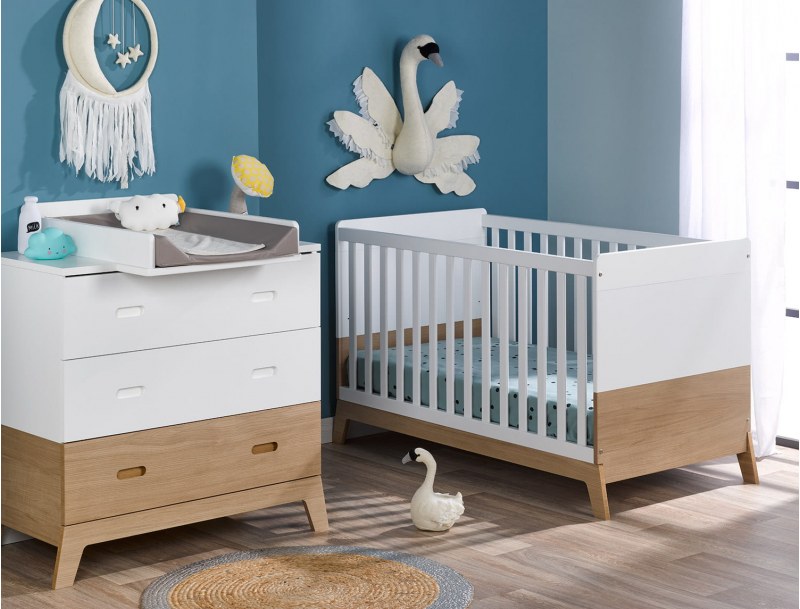What are the benefits of plants in the baby's room?
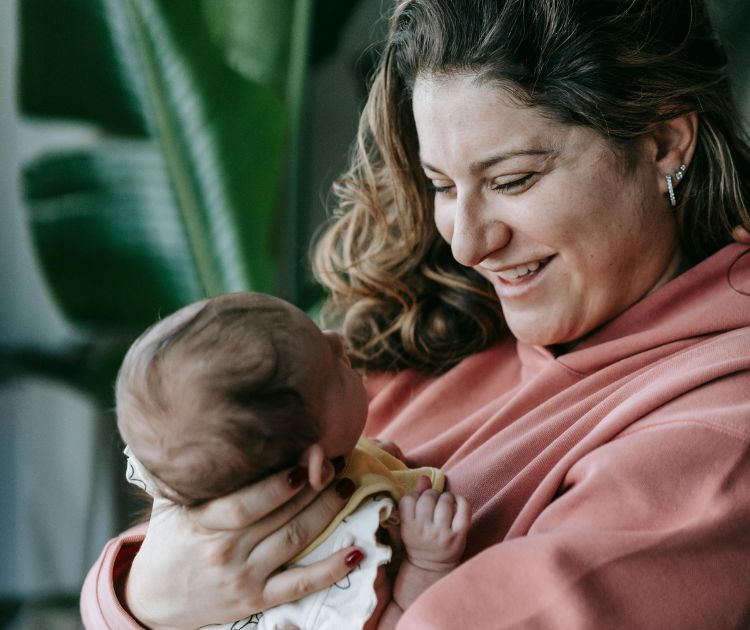
Long avoided, plants are making a big comeback in bedrooms, especially in nurseries. The reason? A depolluting power that naturally purifies the air in the room while adding a very appreciable touch of nature. However, certain precautions need to be taken, and not all plants are suitable for a child's room. So, is it good to sleep with plants in the room? Which plants should be favored in the baby's room?
Is it good to sleep with plants in a room?
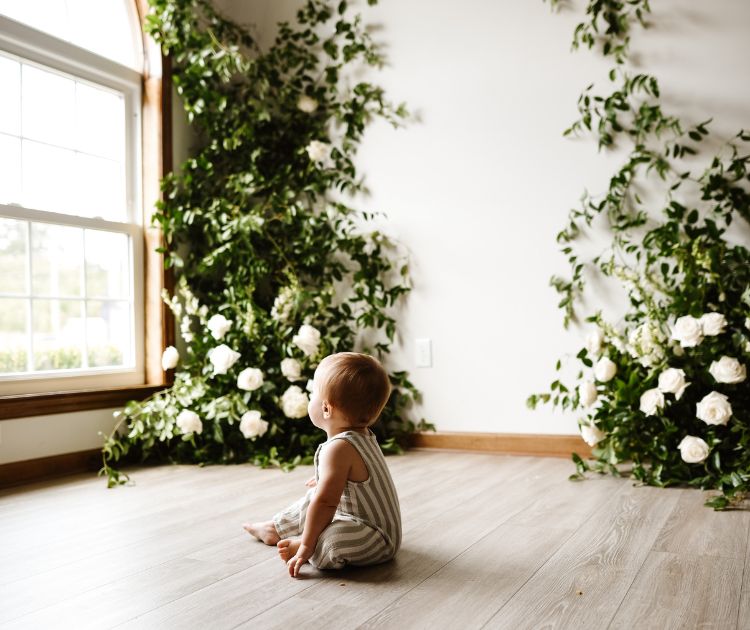
For many years, it was advised against installing plants in a bedroom. The reason being that plants release oxygen into the air during the day, but CO2 at night. This is a fact, although not for all plants, such as cacti for example, which apply the reverse process. Moreover, the amount of CO2 released into the air is so tiny that it poses no health risk.
Today, certain plants are even attributed depolluting virtues. They are said to have the ability to naturally purify the air in the room, which is particularly relevant in a child's room. Furthermore, it must be admitted that plants have a strong decorative power and are an excellent way to raise awareness among the youngest about the care we should give to nature.
Which plants in the baby's room?
While plants can have their place in the baby's room, it's not just any species that can be installed there. Indeed, some are more recommended than others, such as:
- The dracaena: This is a small plant shaped like a palm tree. It grows quickly and is particularly perfect in a jungle-themed room, for example. Moreover, it is able to absorb formaldehyde emissions found in certain furniture, fabrics, paints...
- The chlorophytum: It's also called the spider plant with its long, thin leaves. More than its beautiful appearance, this plant is said to be able to absorb carbon monoxide present in the room.
- The philodendron: Very popular in recent years for decoration, the philodendron also has the ability to absorb formaldehyde emissions in the air. It therefore also has its place in a baby's room.
There are of course many varieties of plants that can find their place in the baby's room. However, make sure you are well informed, as many species can pose a danger...
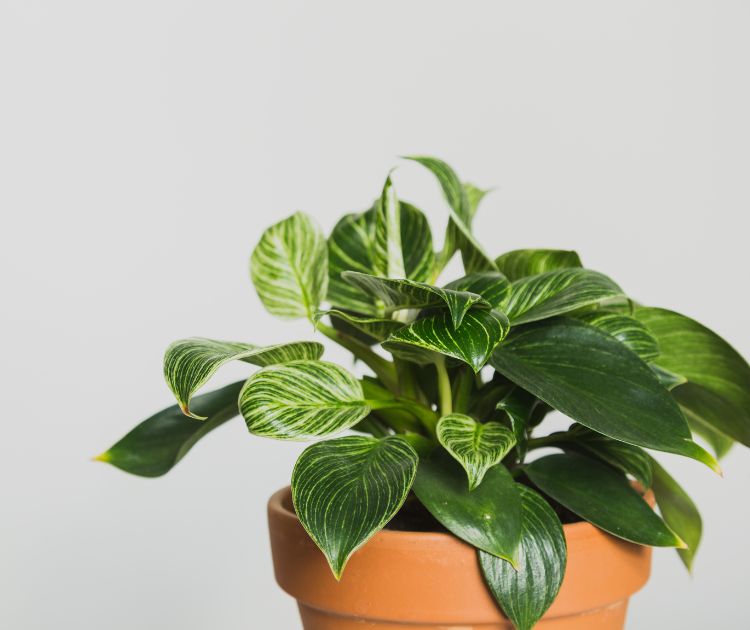
What precautions should be taken when installing plants in the baby's room?
If you plan to install plants in your baby's room, certain precautions should be taken when choosing species:
- Avoid plants with thorns or any other form that could hurt your child.
- Avoid strongly scented plants which can have a negative effect and affect the quality of baby's sleep.
- Avoid plants with toxic sap, this is particularly the case with the ficus, for example, which is found in many interiors.
Generally, it is recommended to place the chosen plant out of baby's reach. The idea is that your child cannot touch the plant and even less put its leaves in their mouth, for example. Install it on a high shelf, for instance, avoiding a position too close to the bed. This way, baby can benefit from its advantages without running any risk.
What are other ways to preserve air quality in toddlers' rooms?
More than installing air-purifying plants in a baby's room, you can ensure to limit the presence of harmful substances in their environment. We're talking about VOCs or volatile organic compounds. These substances present in the air can affect the baby's well-being. Therefore, we prefer to opt for objects that are free from these substances as much as possible.
You can particularly take precautions when choosing your complete baby room. Indeed, each piece of furniture for the baby's room can be the subject of a judicious choice in order to limit the presence of VOCs in the room. Therefore, it is recommended to opt for a solid wood baby room or with low formaldehyde panels, as well as water-based paint and varnish, without solvents. This is notably the case with our small white and oak Archipel baby room. The complete baby room is thus much healthier.
More than checking the safety and standards of your complete baby room, also take the time to check the materials with which the furniture of your convertible baby room or other is made. These rules apply to all materials you plan to install in your child's room. Some, like flooring, paints, and others, even have a label with a rating ranging from A+ to C to inform consumers about emissions into indoor air.
Be mindful of humidity levels
As a reminder, the baby's room should have a humidity level between 45% and 55%. The presence of a plant and frequent watering can impact this level. So make sure that the presence of a plant does not affect the room's humidity level excessively, otherwise you will have to do without it.
To ensure this, simply measure the humidity level before and after installing the plant to make a comparison. Today, even the most basic thermometers are also equipped with a hygrometer.

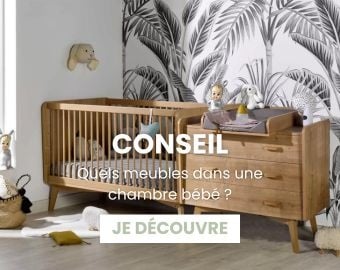
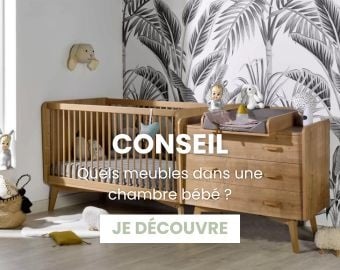

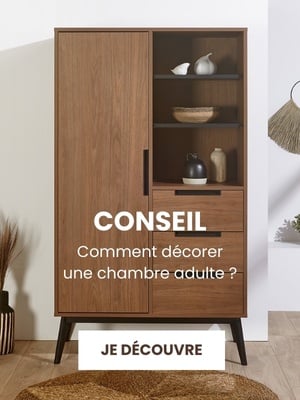



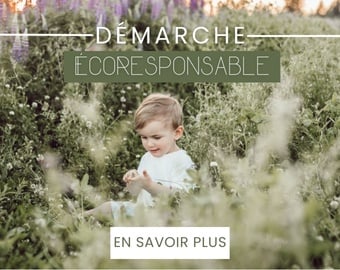


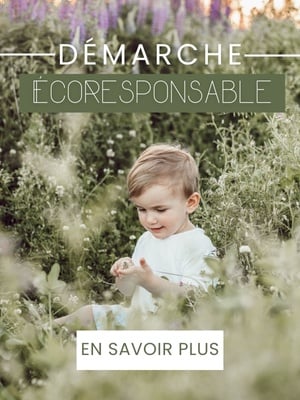

 Choosing the right baby blanket dimensions according to season and age
Choosing the right baby blanket dimensions according to season and age
 How to attach a headboard (with or without drilling): quick and effective soluti
How to attach a headboard (with or without drilling): quick and effective soluti
 Waterproof sheet or mattress protector: the best solution by age group
Waterproof sheet or mattress protector: the best solution by age group
 27 Original, Useful, and Trendy Christmas Ideas for Teens 2025
27 Original, Useful, and Trendy Christmas Ideas for Teens 2025
 Christmas Activities for Baby: Creative Ideas for Home & Daycare
Christmas Activities for Baby: Creative Ideas for Home & Daycare
